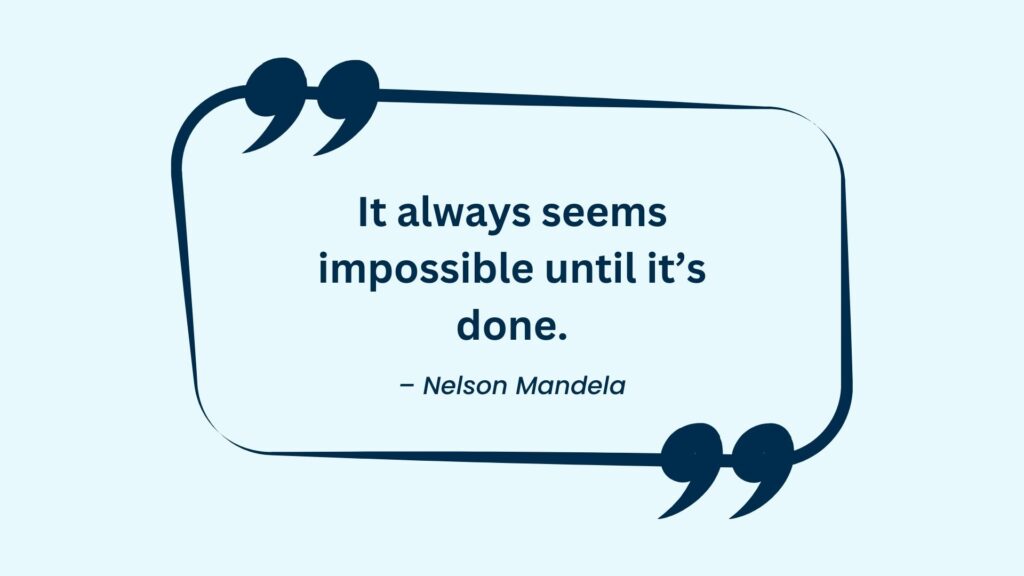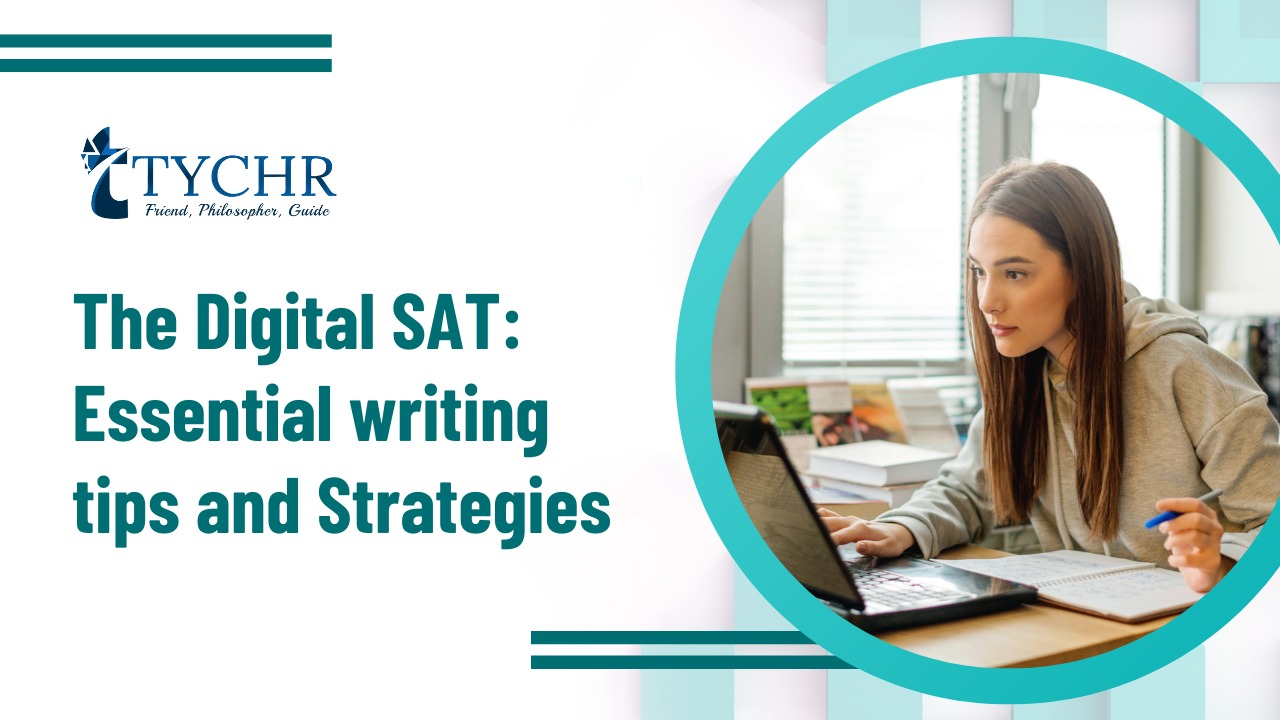Table of Contents
With college applications just around the corner, getting a good score on the SAT is most important now more than ever. Getting a high score on the SAT not only will make you a competitive applicant when applying to top-ranked universities such as the Ivy League but also allows you to qualify for scholarships.
What is the SAT?
The College Board administers the SAT, which is a standardized test that is broadly recognized for admissions in the United States. It is a three-hour-long multiple-choice test with two sections: Math and Evidence-Based Reading and Writing.
The total score for the SAT is 1600. In order to ease your way into the ivy leagues, it is highly recommended to ensure that your SAT score is above 1450.
Unfortunately, the average score is only 1060. Most high school students take the SAT during the spring of their junior year or fall of their senior year.
However, It’s important to retake the test if you are required to increase your score before you apply to college. So, if you have already taken the SAT once or twice, you might be asking yourself, what could I have done to get a better score? Usually, students tend to do better on the math section, perhaps due to its objective nature.
How is the Digital SAT different?
Due to the impact of COVID-19, many colleges and universities have transitioned to test-optional admissions policies. In response to these changing circumstances, the College Board has introduced a digital version of the SAT exam. This digital SAT is designed to be computer adaptive, offering a more personalized testing experience for students.
Mode of Test
When taking the digital SAT, students will use a custom-built digital exam application on their laptops or tablets, which they will download before test day. The exam is tailored to each student’s performance, meaning that the difficulty level of the questions in the second section depends on how well they performed in the first section. Higher performance in the first section leads to more challenging questions in the second section, with each question being worth more points. While there is still no penalty for guessing, it is advantageous for students to answer as accurately as possible in the first section to maximize their opportunities in the second section.
Duration of the Test
One significant change with the digital SAT is a shorter testing time. Recognizing the issue of testing fatigue, the College Board has aimed to make the test closer to two hours instead of the traditional three hours. This reduction in time is achieved by streamlining exam setup, eliminating time-consuming preamble, and incorporating shorter reading passages with more direct questions. The adaptive nature of the test allows for the same core reading, writing, and math knowledge to be measured more efficiently, providing students with more time per question.
In the digital SAT Suite, each test section (Reading and Writing, Math) is divided into two parts called modules. Students answer a set of questions in the first module, and the difficulty of the questions in the second module depends on their performance in the first. Students will have the opportunity to practice with this new digital adaptive format starting in the fall.
Use of Calculators
Another notable change in the digital SAT is an expanded use of calculators. The “no calculator” portion of the test has been removed, and all students will have access to a built-in graphic calculator. Additionally, students can still choose to bring their own calculator if they prefer.
Regarding the availability of technology, computers will be provided at testing centers for students who don’t have their own devices. Students have the option to bring their own computers or tablets if they prefer.
When will the Digital SAT be implemented?
The implementation of the digital SAT will occur in stages. Starting in March 2023, all students taking the SAT at international test centers will take the digital test. Then, from fall 2023, all students taking the PSAT-related assessments will take the digital tests. However, SAT School Day and SAT weekend administrations in the U.S. will continue to be conducted using paper and pencil. Finally, starting in spring 2024, all students will take the full SAT Suite of Assessments digitally.
These changes aim to provide a more efficient and personalized testing experience for students taking the SAT, adapting to the evolving needs and circumstances of test takers. It is important to consult official College Board sources for the most up-to-date and accurate information on the digital SAT.
Keep reading to discover essential writing tips and strategies to ace this section!
Tips and Strategies to Ace the Writing Section
Answer as you read
Since the SAT requires you to answer questions within a tight time constraint, having less than a minute to answer one question, it’s important to be able to answer questions simultaneously as you read the passage.
Underlining helps match your answer to the question and will significantly save you a lot of time and allow you to double-check your answers. This only comes with practice, which brings me to my next point.
Practice, practice, practice!
The best and most efficient way to increase your SAT score is by taking up practice tests.
When you do this, you start to understand the type of questions that could come your way and the way the SAT is structured. It also allows you to identify your weaknesses so that you could focus on them more and turn them into strengths.
Furthermore, practicing the SAT allows you to become more time-efficient and tells you which areas you need to spend more time focusing on. In the Evidence-Based Reading and Writing section, it can be a little difficult to finish it within the time constraint.
Hence, practicing allows you to be better, even if it is only by a minute each time you take it.

Pick the answer that is more concise
The SAT has a way with words that can easily trick your mind. You may be presented with two choices that may mean the same thing but are phrased differently. Your job here is to pick the one that is less wordy, more concise and relevant. You must immediately eliminate the other choices which may even be slightly irrelevant.
Improve your vocabulary
In order to tackle the Evidence-Based Reading and Writing section, you must ensure that you build your vocabulary each day as much as possible.
Usually, students use flashcards to learn the meaning of 5 or 10 new words each day and apply them in a real-life setting. This will save time when it comes to comprehension as you will understand the text much better.
Make sure that you start to improve your vocabulary way in advance of your test in order to retain that memory and understand the different vocabulary better.
Do some background reading
When it comes to the Evidence-Based Reading and Writing section, it can be a little difficult to finish it within the time constraint.
Hence, reading and writing are extremely crucial to doing well in this section. Furthermore, familiarizing yourself with the texts and vocabulary will help you comprehend the different sections much better.
When it comes to the history text, it is highly recommended to do some background reading on American history so that not only will the content be familiar to you, but also the style of writing.
Learn the grammar rules thoroughly
You must learn all the grammar rules; there really is no shortcut to it. Some of the grammar rules are punctuation, pronouns, idioms, sentence structure, possessives, agreement, parallel structure, modifiers and verb tense.
The most important rule here is punctuation. So, ensure that you practice this rule in particular more often than the others. In some of the questions, there is an option for students to pick ‘no change’.
This option is really easy to pick as it will always seem like there is nothing to change and everything sounds perfectly correct. Only a student who is well versed with grammar rules will be able to find the imperfection in the sentence and pick the right answer accordingly.
Comprehensively practice rhetoric question types
Apart from grammar rules, the next most important types of question in the writing section are rhetoric. You may have come across the phrases ‘command of evidence’ or ‘expression of ideas’.This deals with persuasive arguments and constructing logical syntax.
These types of questions may not have any grammatical errors, instead you would have to figure out the answer that has phrased it in a better way, comparatively.
The questions that appear could look like this:
“At this point, the writer is considering adding the following sentence…Should the writer make this addition here?”
“To make this paragraph more logical, sentence 2 should be placed… “
Utilise SAT study materials
There are countless SAT prep books and various other resources online. These books guide you by providing tips, practice questions, reading examples and so much more.
Take advantage of these SAT study materials to improve your knowledge and understanding of the test.








